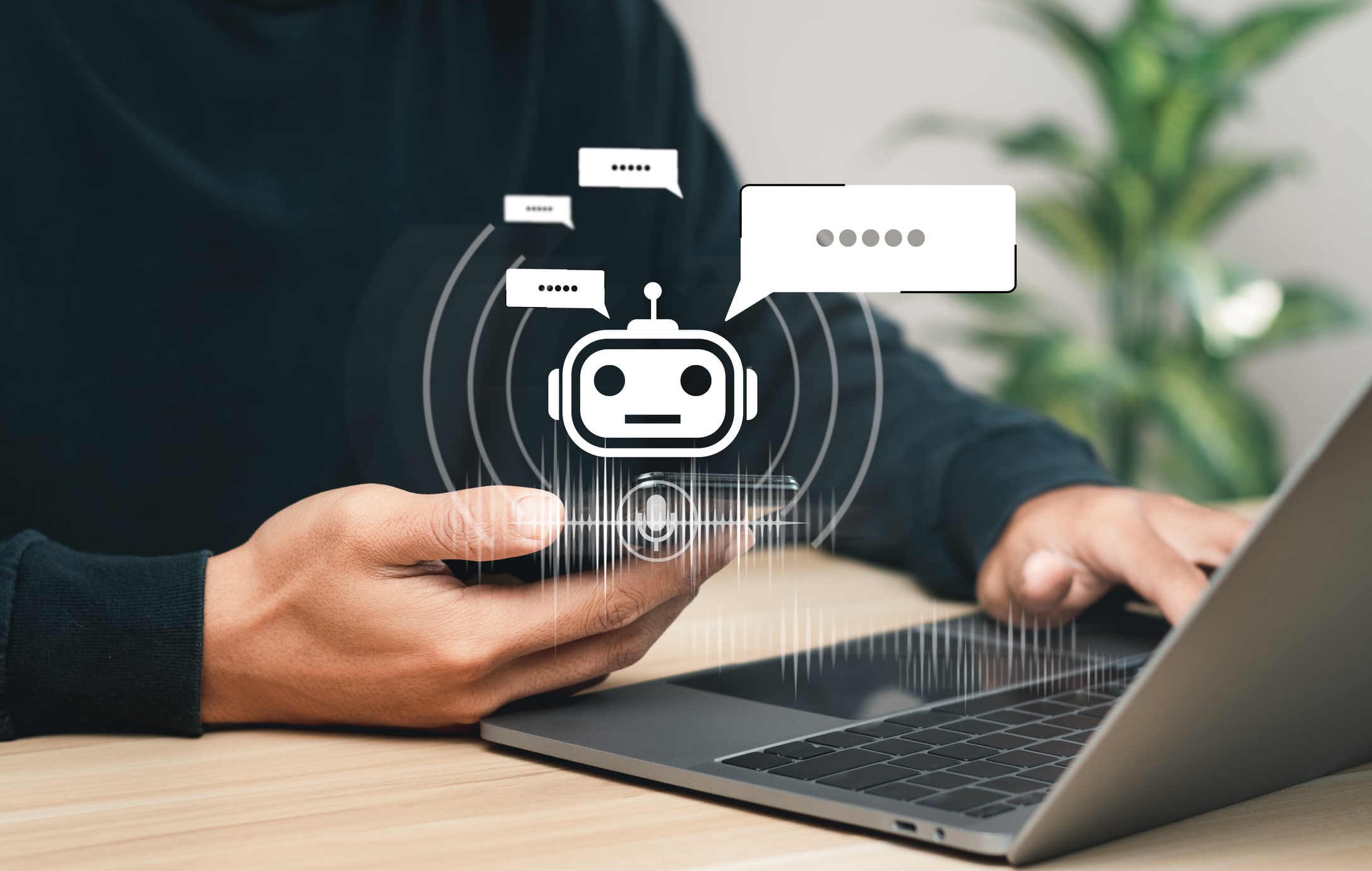In today’s digital business environment, talkbots have become one of the most powerful tools for customer engagement. They offer 24/7 availability, fast responses, and the ability to handle large volumes of interactions without requiring additional manpower. However, as talkbots increasingly manage sensitive customer data—such as personal details, financial information, and transaction histories—concerns about data privacy and security are also growing.
When businesses deploy talkbots, they are not only responsible for providing efficient communication but also for ensuring that every conversation is safe, secure, and compliant with data protection regulations.
The Nature of Data Collected by Talkbots
Talkbots often process a wide range of information, including:
- Customer names, email addresses, and phone numbers
- Payment details or billing information
- Order histories and transaction records
- Personal preferences and behavioral data
This level of access makes talkbots valuable tools for personalization but also introduces serious risks if the data is mishandled or exposed to cyber threats.
Key Privacy and Security Concerns
1. Unauthorized Data Access
If a talkbot is not properly secured, cybercriminals may exploit vulnerabilities to gain access to sensitive customer information. This can lead to identity theft or financial fraud.
2. Data Storage and Retention Issues
Many businesses fail to define how long customer conversations and records should be stored. Retaining unnecessary data increases the risk of breaches and regulatory violations.
3. Lack of Transparency in Data Usage
Customers may not always know what data is being collected during a talkbot interaction or how it will be used. This lack of transparency can damage trust and result in legal non-compliance.
4. Weak Encryption and Authentication
If communication channels are not properly encrypted, conversations can be intercepted. Similarly, weak authentication systems can allow unauthorized parties to manipulate the talkbot.
5. Compliance Challenges
Regulations such as GDPR, PDPA, and other data protection laws require strict handling of personal data. A talkbot that fails to comply can expose companies to heavy fines and reputational harm.
Best Practices to Address These Concerns
1. Implement Strong Data Encryption
All communication between customers and talkbots should be encrypted end-to-end, ensuring no third party can intercept or read the data.
2. Set Clear Data Retention Policies
Only store customer data for as long as it is legally or operationally necessary. Automatic deletion systems should be put in place to reduce risks.
3. Be Transparent with Users
Inform customers about what data is being collected, how it will be used, and whether it will be shared with third parties. Transparency builds trust.
4. Use Authentication and Access Controls
Ensure that only authorized staff can access talkbot data. Multi-factor authentication and role-based access can strengthen protection.
5. Regular Security Audits and Testing
Conduct penetration testing and routine security reviews to identify vulnerabilities in talkbot systems before attackers do.
6. Ensure Regulatory Compliance
Design talkbot systems in line with global and local data protection standards. This not only reduces legal risks but also enhances customer confidence.
Building Trust Through Secure Talkbots
For businesses, adopting talkbots is more than just an efficiency measure—it is a long-term commitment to customer trust. Customers who feel confident that their data is secure are more likely to continue engaging with automated systems. By prioritizing data privacy and security,

